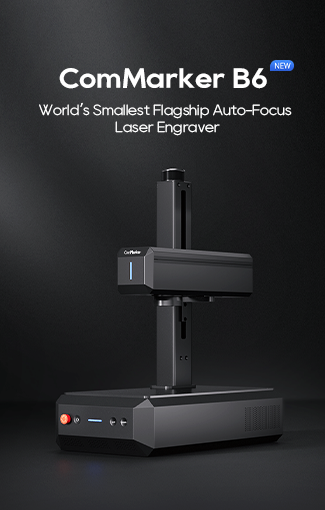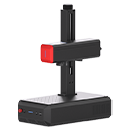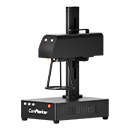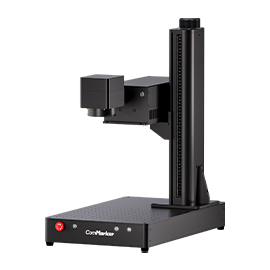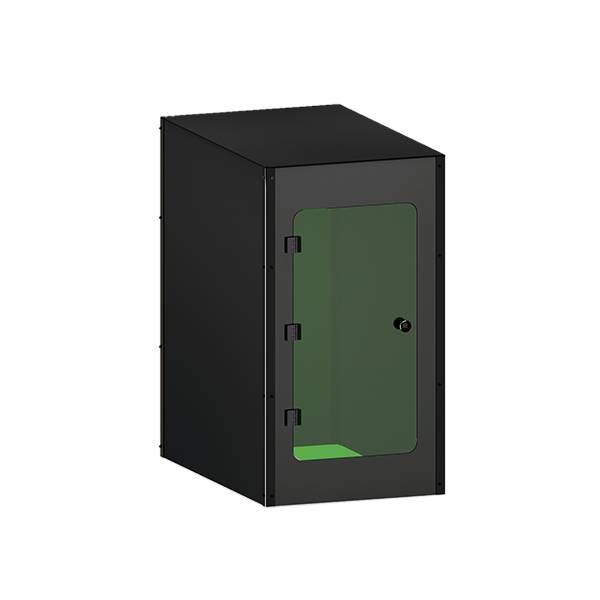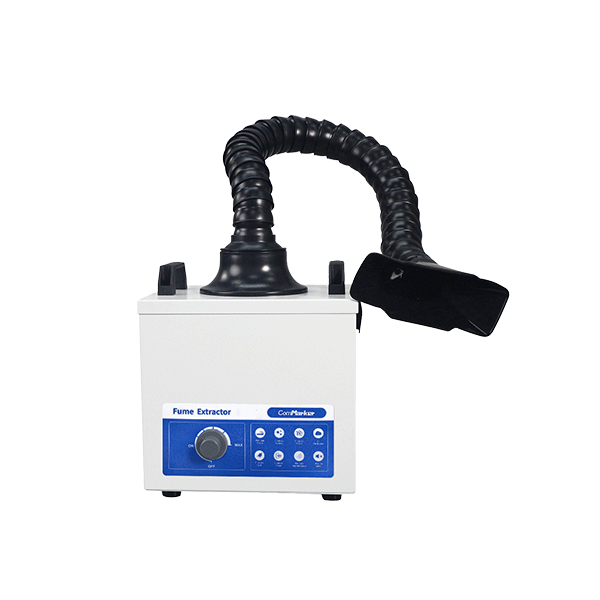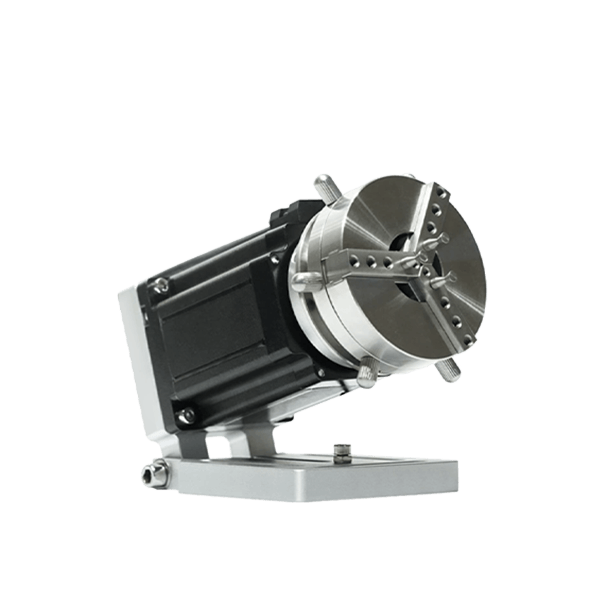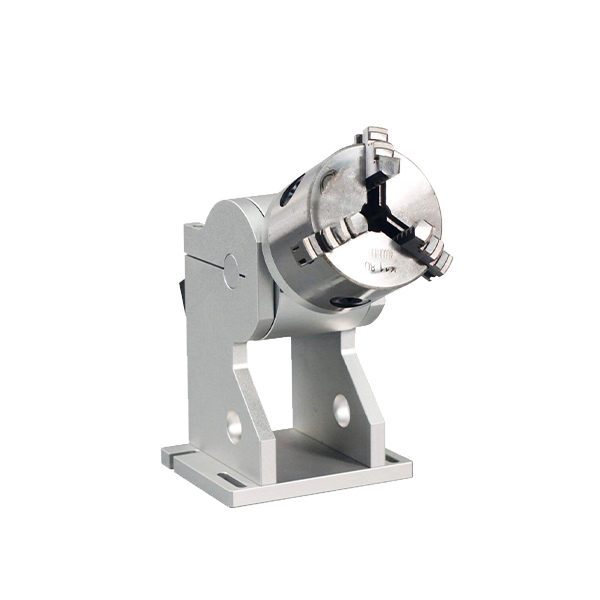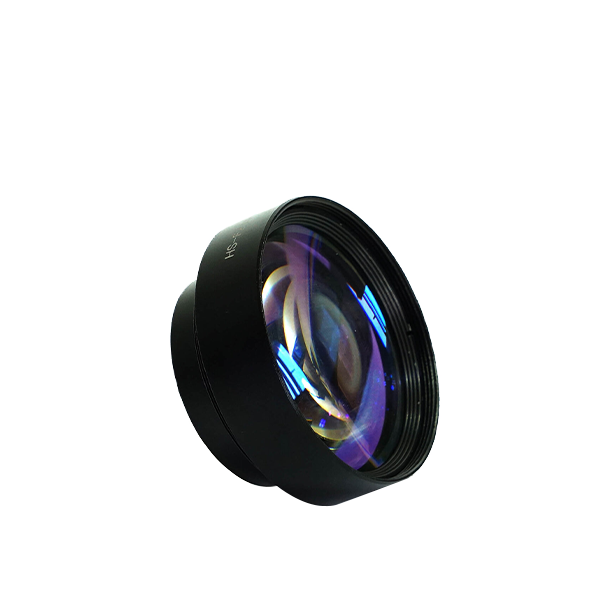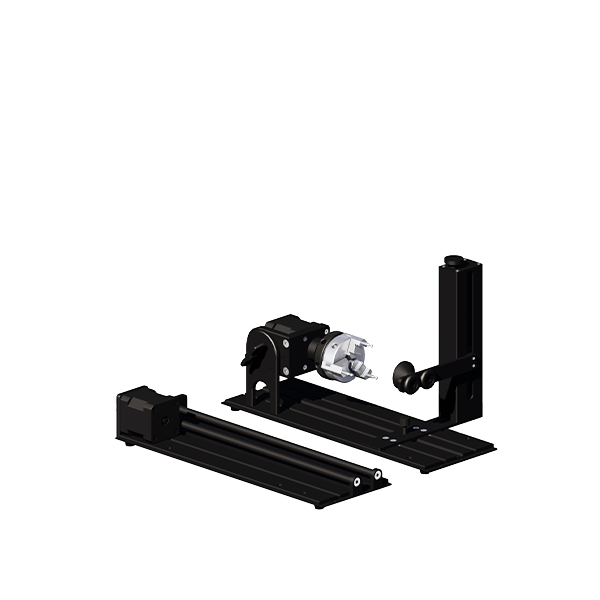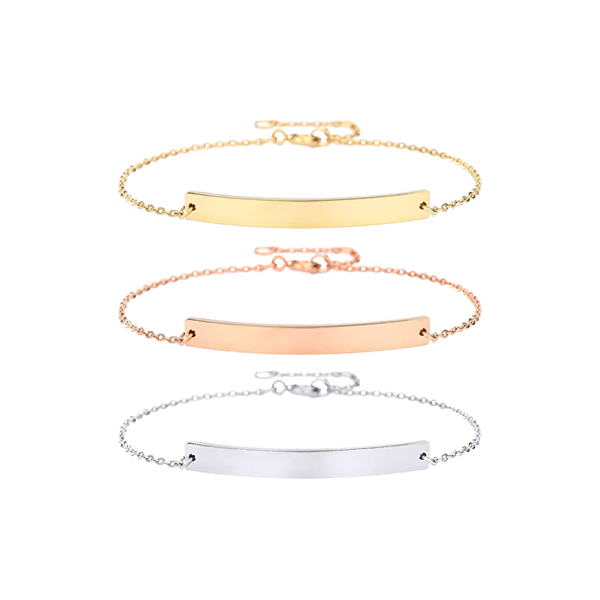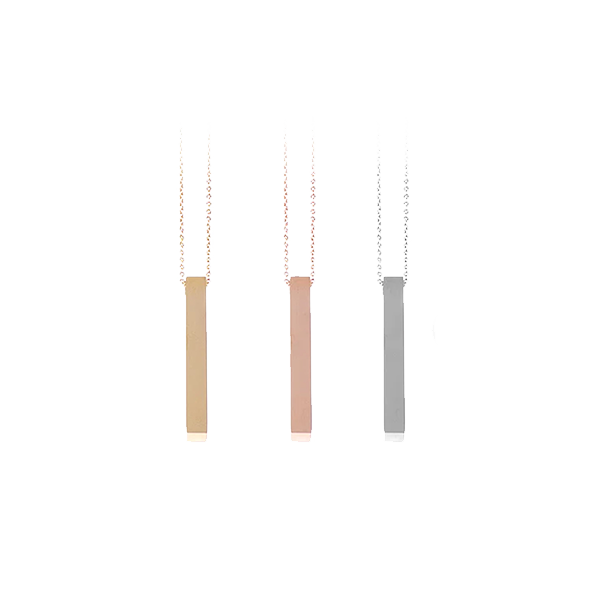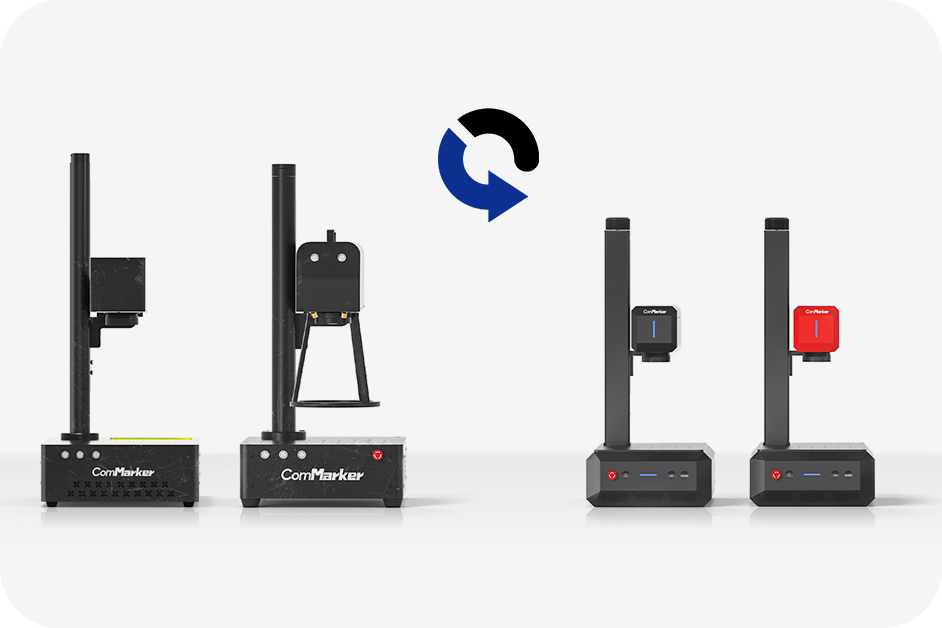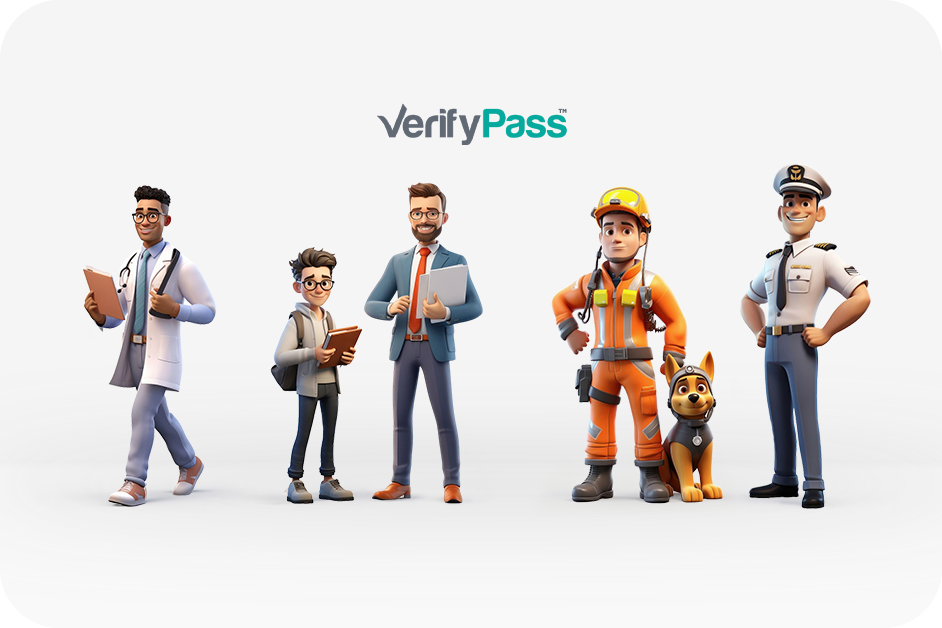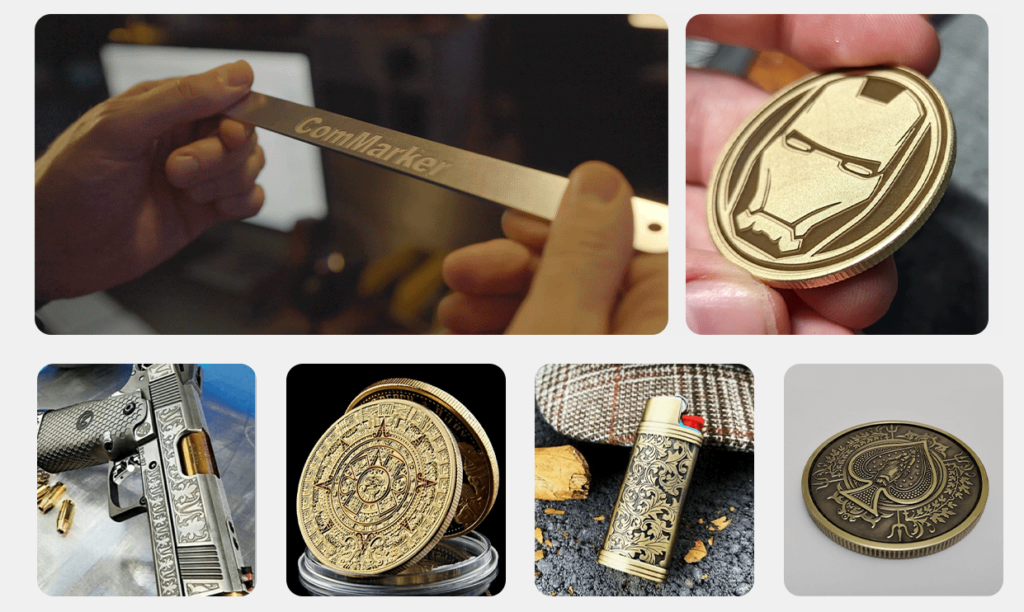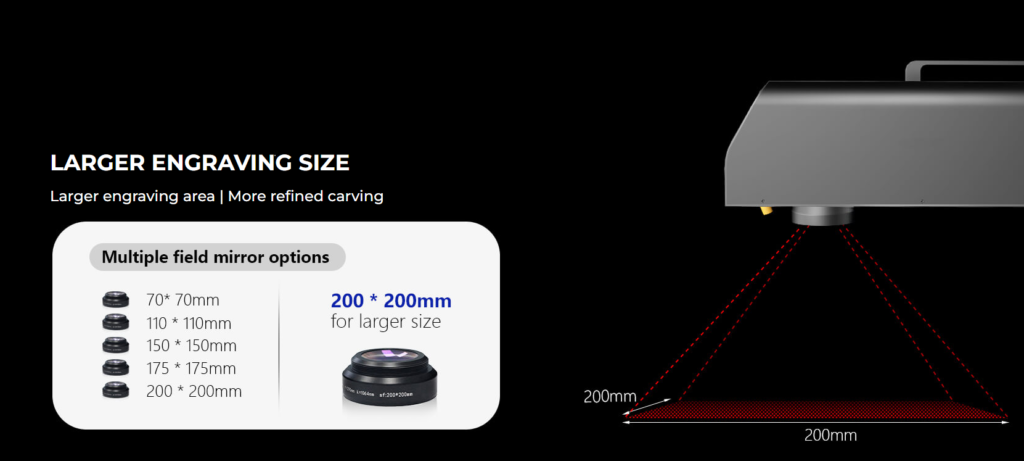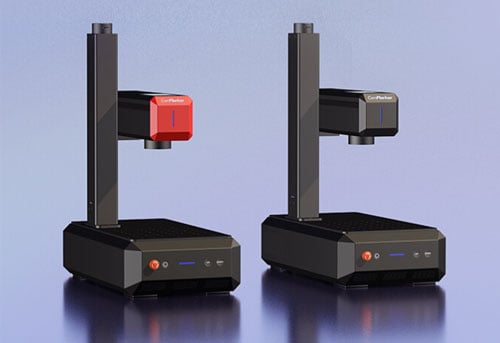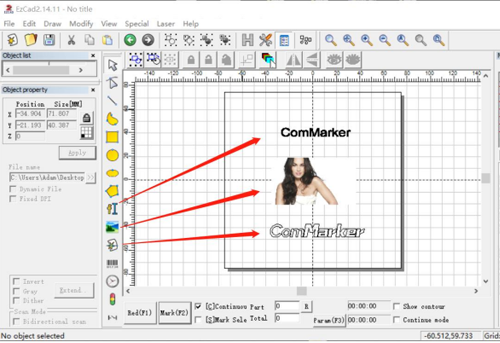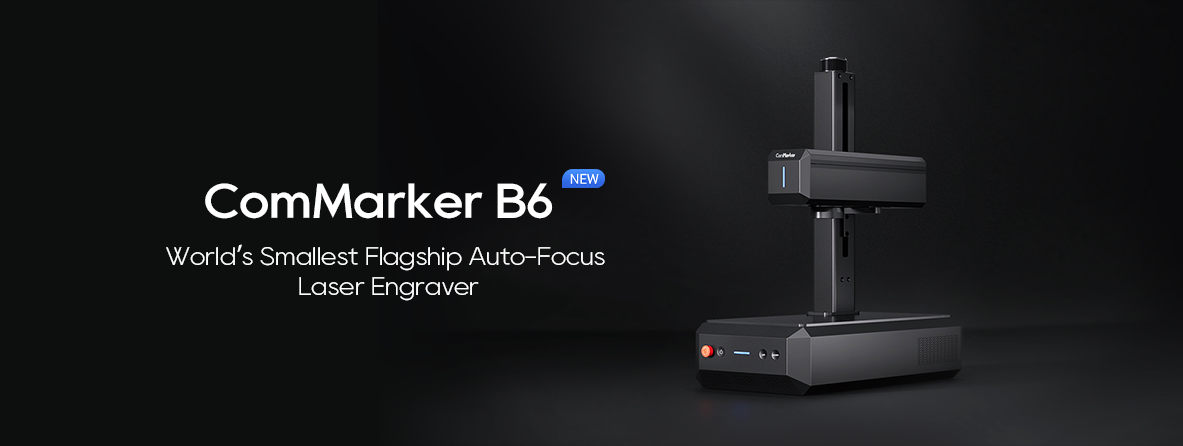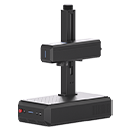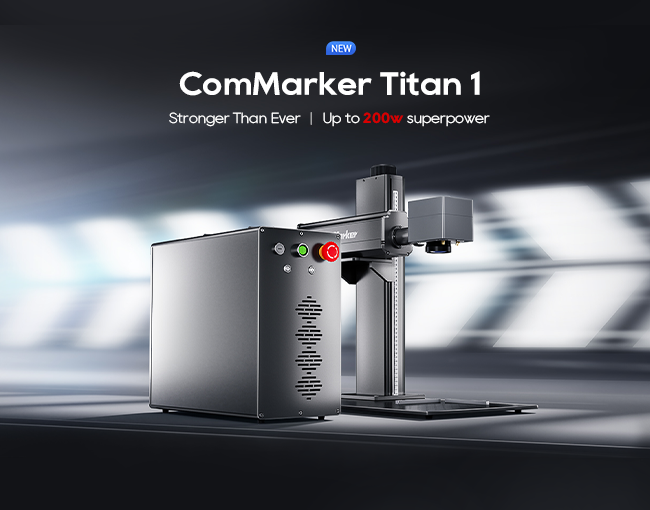Table of Contents
Why Fiber Laser Marking Machines Excel in Metal Engraving?
Fiber laser marking machines are revolutionizing the metal engraving industry. With their advanced technology, these machines offer unparalleled precision and efficiency, making them the top choice for metal marking tasks. This article explores the reasons why fiber laser engravers are particularly well-suited for engraving metal parts.
Optimal Wavelength for Metal Absorption
Fiber lasers typically operate at a wavelength of 1064 nm in the infrared spectrum, which is ideal for metal engraving. This specific wavelength is highly absorbed by most metals, ensuring efficient heat generation necessary for removing surface material and creating precise markings. The high absorption rate at this wavelength means the laser’s energy is effectively utilized in the engraving process, resulting in high-quality, detailed engravings on metal surfaces.
High Pulse Energy for Deep Engravings
The pulse energy of fiber lasers, influenced by the laser’s wavelength, plays a crucial role in engraving efficiency. Higher wavelengths usually correspond to greater pulse energy, which enhances the laser’s ability to process metals and achieve deeper engravings. This feature is particularly beneficial for applications that require durable and visible markings, such as serial numbers, barcodes, and logos on metal components.
Cost-Effective Solutions for Metal Engraving
Fiber laser systems are among the most cost-effective options available in the laser marking market. Compared to other types of lasers, such as CO2 lasers or fully solid-state lasers, fiber lasers offer a lower initial cost while still delivering high performance. This affordability, combined with low maintenance costs and high operational efficiency, makes fiber laser marking machines an attractive investment for businesses focused on metal engraving.
In conclusion, fiber laser marking machines provide a superior solution for metal engraving due to their optimal wavelength for metal absorption, high pulse energy, and cost-effectiveness. Brands like ComMarker offer cutting-edge fiber laser systems, ensuring reliable and efficient metal marking for a wide range of industrial and commercial applications. Whether you’re engraving serial numbers, barcodes, or detailed logos, fiber laser engravers provide the precision and durability required for high-quality metal markings.
What Laser Engraver Can Cut Metal?
When it comes to cutting metal, selecting the right laser engraver is crucial. Both fiber lasers and CO2 lasers are capable of cutting metal, but they have distinct advantages depending on the application.
Fiber Lasers: Precision and Detail
Fiber lasers are renowned for their precision in engraving and marking metals. They operate at a wavelength that is highly absorbed by metals, making them ideal for intricate designs and detailed cuts. High-powered fiber laser engravers, like those offered by ComMarker, can effectively cut metals such as stainless steel, aluminum, and titanium. These machines are perfect for applications that require fine detail, durability, and high-quality finishes.
CO2 Lasers: Versatility and Power
CO2 lasers are versatile tools capable of cutting through thicker metal sheets. While they are generally more commonly used for non-metal materials, high-powered CO2 lasers can also cut metals. They are particularly effective for applications where cutting through thicker metals is required. However, CO2 lasers typically require additional equipment, such as a special gas assist system, to cut metals efficiently.
Choosing the Right Laser for Your Needs
The choice between fiber and CO2 lasers depends on your specific needs. For intricate and detailed metal work, a high-powered fiber laser engraver is often preferred. These machines provide the precision and clarity needed for complex designs. On the other hand, if you need to cut through thicker metal sheets, a high-powered CO2 laser might be the better option.
What Size Laser Do I Need to Engrave Metal?
The size of the laser engraver you need for metal engraving depends on both the dimensions of the metal items you plan to work with and the level of detail you require. For small to medium-sized objects, such as jewelry, nameplates, or small parts, a compact, desktop-sized fiber laser engraver typically suffices. These smaller machines are ideal for detailed work and are more affordable and space-efficient, making them perfect for small businesses or hobbyists.
If you plan to engrave larger metal pieces or need the flexibility to work with various object sizes, a larger laser engraver with a more expansive working area is recommended. Larger machines not only accommodate bigger items but also offer more versatility in terms of the types and sizes of metal objects you can engrave. This is particularly useful for industries that require engraving on diverse metal products, such as industrial parts, signage, or larger metal plates.
ComMarker offers a variety of laser engraver sizes, catering to different engraving needs and budgets. Whether you’re looking for a compact model for precision work or a larger machine for broader applications, ComMarker has options that can meet your specific requirements, ensuring that you can efficiently and effectively engrave metal items of varying sizes.
How Much Power Does It Take to Laser Engrave Metal?
The power required to laser engrave metal varies based on the type and thickness of the metal and the depth of the engraving desired. Generally, a minimum of 20 watts is necessary for basic metal engraving. However, for deeper engravings or working with tougher metals, a 30W or even a 50W fiber laser is recommended. ComMarker offers a range of power options, allowing users to choose the best machine for their specific applications, ensuring precise and effective engraving.
ComMarker B4 20W fiber laser engraver
Electric Lifting: The ComMarker B4-20W features an advanced, concealed lifting motor. 3D Embossing and Deep Engraving: B4-20W laser engraving machine handles intricate, multi-level 3D engraving and deep engraving on metal and rock. Spacious Work Area: 110mm and 200mm dual lenses, marking area with dual red dot locators for precise calibration and focusing. Wide Compatibility: Engrave…
What Do You Spray on Metal to Laser Engrave?
Spraying a marking compound on metal can enhance the contrast and clarity of the engraving. Commonly used products include CerMark, Enduramark, and LaserBond, which are specially formulated to bond with metal surfaces under the heat of a laser. These sprays create a dark, permanent mark that stands out against the metal’s natural color. For best results, it’s important to follow the manufacturer’s instructions regarding application and laser settings. ComMarker fiber laser engravers are compatible with these marking compounds, offering flexibility in achieving high-contrast engravings.
Will a 20 Watt Laser Engrave Metal?
Yes, a 20-watt fiber laser can engrave metal, but the depth and clarity of the engraving will depend on the type of metal and the settings used. For softer metals like aluminum or brass, a 20-watt laser is often sufficient to create detailed and permanent engravings. However, for harder metals like stainless steel, the engravings may be shallower or less pronounced. ComMarker’s 20-watt laser engravers are capable of handling a wide range of metals, making them a versatile choice for many engraving needs.
Will a 50 Watt Laser Engrave Metal?
A 50-watt laser provides more power, allowing for deeper and more detailed engravings on a wider range of metals, including harder ones like stainless steel. This power level is ideal for professional applications where precision and detail are crucial. With a 50-watt fiber laser, users can achieve high-quality engravings with excellent contrast and clarity. ComMarker’s range of 50-watt laser engravers is designed to meet the needs of professional engravers, offering robust performance and reliability.
How Many Watts Do I Need to Engrave Metal?
The wattage needed to engrave metal depends on the type of metal, the desired depth of the engraving, and the level of detail required. For basic engraving on softer metals, a 20-watt laser may suffice. However, for deeper engravings or harder metals, a 30-watt or 50-watt laser is recommended. Higher wattages allow for faster processing times and more detailed engravings. ComMarker provides a variety of power options, ensuring that users can select the most appropriate laser engraver for their specific needs.
Why Does Borax Help with Laser Engraving?
Borax is sometimes used as a flux in laser engraving to clean the metal surface and improve the quality of the engraving. It helps to remove oxides and other contaminants from the metal surface, resulting in a cleaner, more defined engraving. When applied as a thin layer on the metal before engraving, borax can also prevent oxidation during the process, leading to a more consistent and high-quality finish. While not always necessary, borax can be a useful tool for achieving superior results in metal engraving with fiber lasers.




